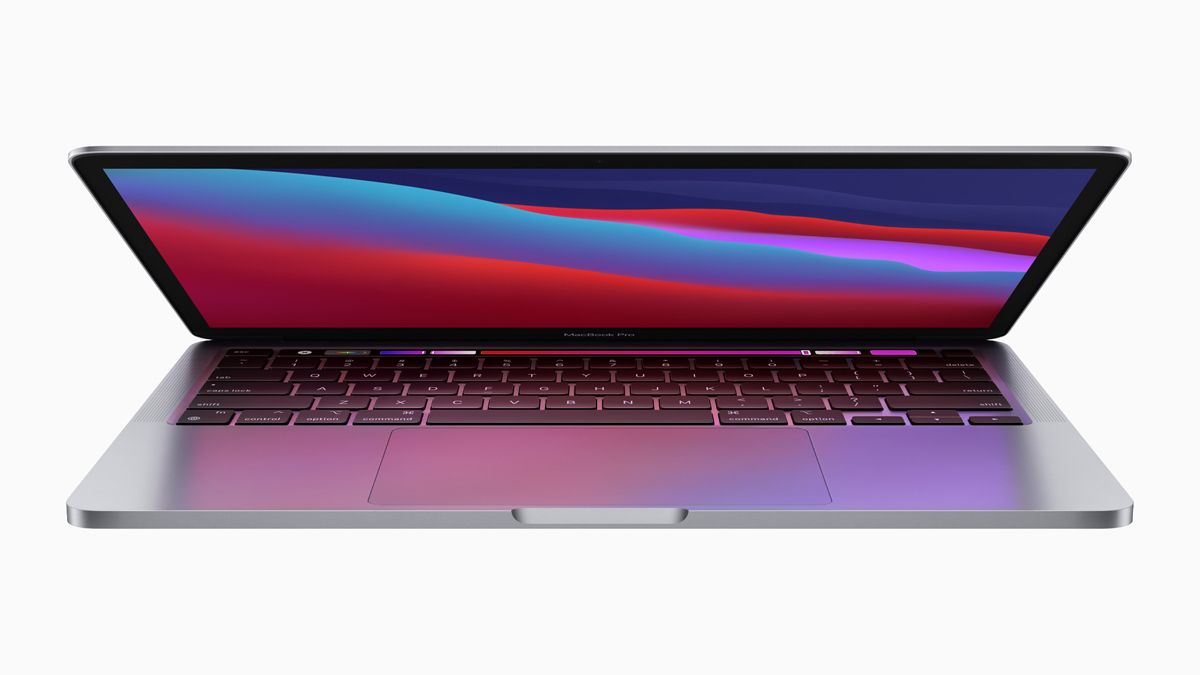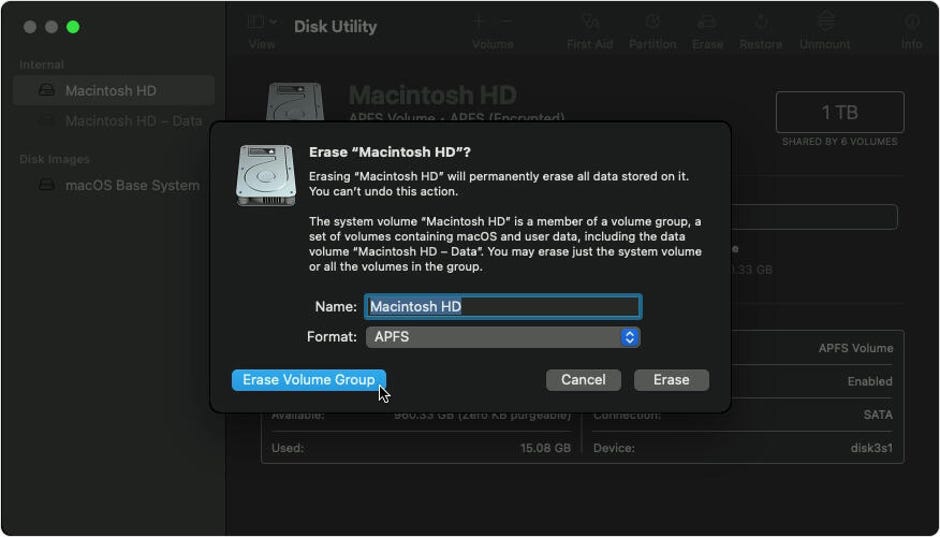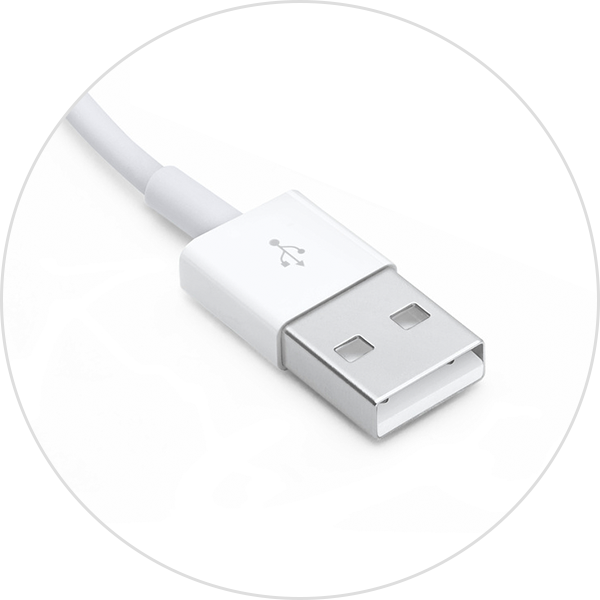

Don't Forget To Sign Out Of Apple Services After the installation is complete, the MacBook will restart to the initial setup window, so that the next owner can set it up. Finally, quit Disk Utility to return to the macOS Utilities window and select Reinstall macOS.

Once the process is complete, if there are any other internal drive listed within the sidebar, select them and and click the delete volume button in the toolbar to erase them.
#CLEAR MAC FOR RESALE MAC OS#
Ensure the format is either APFS or Mac OS Extended (Journaled) and then click Erase Volume Group or Erase, depending on what is shown. The first option in the sidebar should be labeled Macintosh HD, which is the built-in start-up disk for the MacBook. After the macOS Utilities window appears, select Disk Utility and click Continue. Continue to hold down the two keys until the Apple logo or another image appears. To factory reset a Macbook, immediately hold down the Command and R keys while the laptop is turning on or restarting.

Before doing so, there are some general maintenance owners should undertake, including resetting the MacBook. Of course, with new MacBook laptops now here, and with an all-new chip inside, many current owners might be looking to sell or trade-in their current version and upgrade. This change is a major shift in the industry as most laptops will continue to use Intel chips, but Apple is providing an alternative that may set a new standard if the latest MacBooks models prove successful. As a result, MacBooks tend to retain their value in the resale market for much longer than PC laptops.Īpple recently released new MacBook models powered by the company's custom M1 chip whereas previous models use Intel processors. MacBooks are traditionally known for itheir longevity and Apple releases free software updates, which makes older models seem like new again.
#CLEAR MAC FOR RESALE UPDATE#
After they set up the Mac, Software Update will appear and inform them of any available updates.Factory resetting an Apple MacBook is a crucial step before selling or trading in for a newer one. You don’t need to worry about installing the latest and greatest OS updates on the iBook. This ensures that you leave no traces on the iBook and that the new owner can set it up to their liking. When the Mac reboots and prompts you to set it up, just press Command-Q to quit the installer.
#CLEAR MAC FOR RESALE INSTALL#
When Disk Utility finishes wiping the data from the drive, run the installer to install a clean copy of OS X. (The more passes, the longer the operation takes.) 7-Pass Erase should certainly wipe your drive but if you’re really, really concerned, choose 35-Pass Erase and wait a long time for Disk Utility to thoroughly wipe your drive. In the pane that appears you have the option to wipe your drive’s data in a number of ways, including Zero Out Data, 7-Pass Erase, and 35-Pass Erase. Within Disk Utility select the Erase tab and in the resulting pane click on the Security Options button. Once your data is ensconced on the new Mac and your iTunes account is clear, wipe the iBook’s drive by inserting your original installation disc, booting from it (restart and hold down the C key), and choosing Disk Utility from the Installer menu. That way you won’t lose one of your five authorizations when you wipe the iBook’s drive. If you’ve used your iBook to purchase content from the iTunes Store, be sure to launch iTunes on it and choose Deauthorize This Computer from iTunes’ Store menu.


 0 kommentar(er)
0 kommentar(er)
